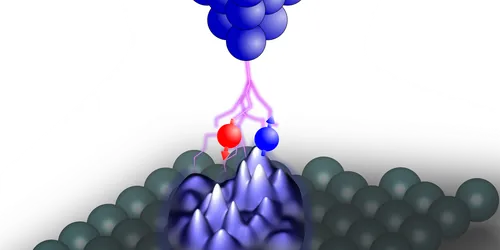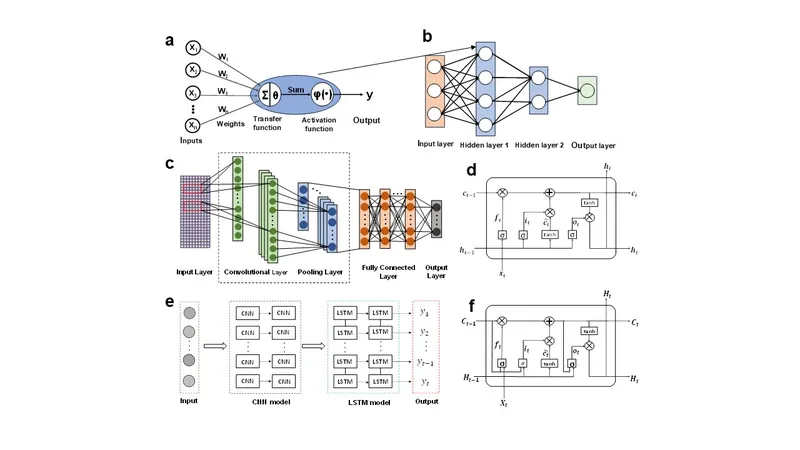
Revolutionary Breakthrough: Superconductivity Crosses a Single Molecule Bridge!
2025-04-09
Author: Siti
A Game-Changer in Quantum Technology
Researchers have made a groundbreaking discovery by demonstrating how superconductivity can be transferred through a single molecule, creating an unprecedented connection between a normal metal and a superconductor.
Unlocking the Potential of Majorana Quasiparticles
This pioneering work not only shows the feasibility of this phenomenon but also opens the doors to harnessing Majorana quasiparticles—exotic entities that hold promise as future quantum bits, or qubits, crucial for the next generation of quantum computers.
Decades of Research Culminate in Control.
The field of superconductivity has long explored how it can spread from superconductors to normal metals. Historically, such studies relied on thin films, making it difficult to manipulate the microscopic mechanisms at play. Now, a new approach allows for precise control over this transfer, vital for practical applications.
Bridging the Gap with Molecules!
Lorenz Meyer and his team from Ilmenau University of Technology created an interface using single molecules of phthalocyanine, a type of dye, placed on a superconducting lead surface. By bringing a scanning-tunneling microscope (STM) tip made of normal metal in contact with the molecule, they established a highly controlled interface.
The Science Behind the Magic!
As the researchers manipulated the STM tip's height and voltage, they revealed that the molecule's electron orbitals shifted closer to the Fermi level—the peak energy that electrons can occupy at absolute zero. This shift significantly enhances the Andreev reflection process, vital for the superconducting phenomena.
Transformative Insights into Interfaces.
Meyer noted that the orbital shift was likely a result of chemical interactions between the STM tip and the molecule. This interaction allowed the two orbitals to overlap, fueling new possibilities in examining the coupling between magnetism and superconductivity.
Magnetic Potential Deciphered!
In a captivating twist, the team discovered that the molecule became magnetic upon interaction with the STM tip. Testing a similar molecule without a shifting orbital led to starkly different results, underscoring the necessity for molecular-level precision in exploring these quantum interfaces.
A New Era for Quantum Materials!
Experts like He Zhao from Florida State University point out that this breakthrough introduces a unique method for fine-tuning the relationship between magnetism and superconductivity. Understanding this complex interplay is crucial for unlocking unconventional superconducting states that could redefine technology as we know it.
Conclusion: Groundbreaking Research on the Horizon!
As this new chapter in superconductivity unfolds, it offers a tantalizing glimpse into a future where quantum computing's potential becomes more accessible and practical, setting the stage for innovations we can only begin to imagine.



 Brasil (PT)
Brasil (PT)
 Canada (EN)
Canada (EN)
 Chile (ES)
Chile (ES)
 Česko (CS)
Česko (CS)
 대한민국 (KO)
대한민국 (KO)
 España (ES)
España (ES)
 France (FR)
France (FR)
 Hong Kong (EN)
Hong Kong (EN)
 Italia (IT)
Italia (IT)
 日本 (JA)
日本 (JA)
 Magyarország (HU)
Magyarország (HU)
 Norge (NO)
Norge (NO)
 Polska (PL)
Polska (PL)
 Schweiz (DE)
Schweiz (DE)
 Singapore (EN)
Singapore (EN)
 Sverige (SV)
Sverige (SV)
 Suomi (FI)
Suomi (FI)
 Türkiye (TR)
Türkiye (TR)
 الإمارات العربية المتحدة (AR)
الإمارات العربية المتحدة (AR)